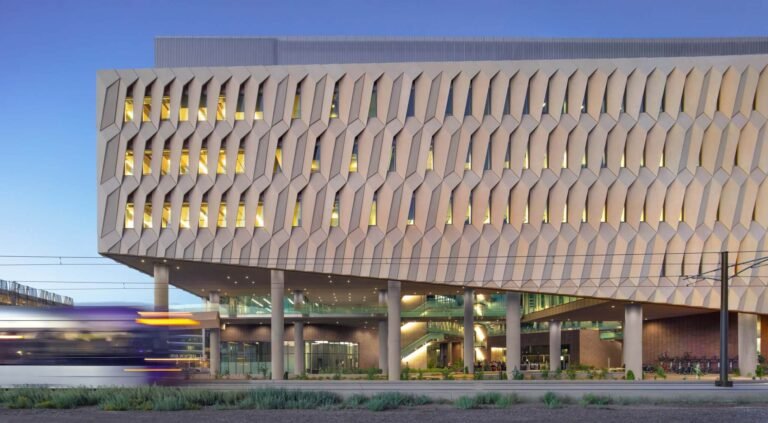Inside Boy Smells CEO David Duplantis’s Historic Mexico Estate
When you wake up in San Miguel de Allende, you open your eyes to one of the cities in Mexico most steeped in the country’s cultural traditions. Its historical, architectural, and culinary importance as well as its stunning beauty have not only earned it a place on UNESCO’s list of World Heritage Sites it has also made it one of Mexico’s most popular towns to live in as well as visit.
Here, in the historic center of this charming city, with its cobblestone streets, many churches, and colorful facades, an old distinguished house sits behind a discreet wooden door.
This is the Casa del Obispo, or the House of the Bishop, which offers all the wonderful details one could hope for in a building from its period (it was constructed at the end of the 18th century). Rough stone walls, a patio ringed by an arched colonnade, traditional Talavera tiles, wrought-iron candelabras, and original wooden beams are the essential elements that give this house its timeless charm that wins over everyone who steps through its front door.
The 2019 renovation of the structure was completed by the acclaimed design firm Fisher Weisman, who gave the property a fresh look for Boy Smells CEO David Duplantis. The building was once the home of José de María Jesús Díez de Sollano y Dávalos, who became the first bishop of the city of León, roughly 75 miles west of San Miguel, in 1863.
“Our goal was to protect the historic portions of the house and then design the renovations and additions in such a way that they would enhance the beauty of the original structure,” Andrew Fisher explains.
This required a careful intervention starting with the original structure itself, which was almost completely intact despite an extensive renovation two decades earlier. Under the watchful eye of the designers, the goal was then to improve both the aesthetics of the house and the daily experience of its residents.
“The clients wanted an interior staircase that would link the upper and lower floors as well as offer direct access to three of the five bedrooms. The spacious overgrown garden had to be redesigned to make room for a pool and an outdoor area for entertaining, key elements in houses in San Miguel today,” Jeffry Weisman explains.
Perhaps surprisingly, given the size of the project and the historical significance of the property, the renovation process was smooth and, for the most part, seamless and on schedule.
“The biggest challenge was working with INAH [the Instituto Nacional de Antropología e Historia, the Mexican agency entrusted with protecting historic buildings and districts] to figure out the most appropriate way to expand the small upper floor that had been added during a previous renovation,” Fisher notes. Of course the goal was always to respect the history of the house and sourcing locally was a given. “We used local stone and plaster, terracotta floors, and Talavera tiles (made in the nearby city of Dolores Hidalgo) to cover the walls of the bathrooms. We wanted all of the elements of the interiors to feel like they belonged to the place and the period when the house was built,” Weisman says.
Similarly, collaborations with local artisans were key to achieving the desired result, as they brought talent, hard work, and love for their crafts to the project. “The artisans of San Miguel are why building here is so rewarding,” Fisher, who is passionate about handcrafted design, adds. “The masons, iron workers, tile makers, and cabinet makers were all instrumental in bringing our vision to life.”
This story on the San Miguel de Allende estate of Boy Smells CEO David Duplantis was first published by AD Mexico. It was translated by John Newton.



